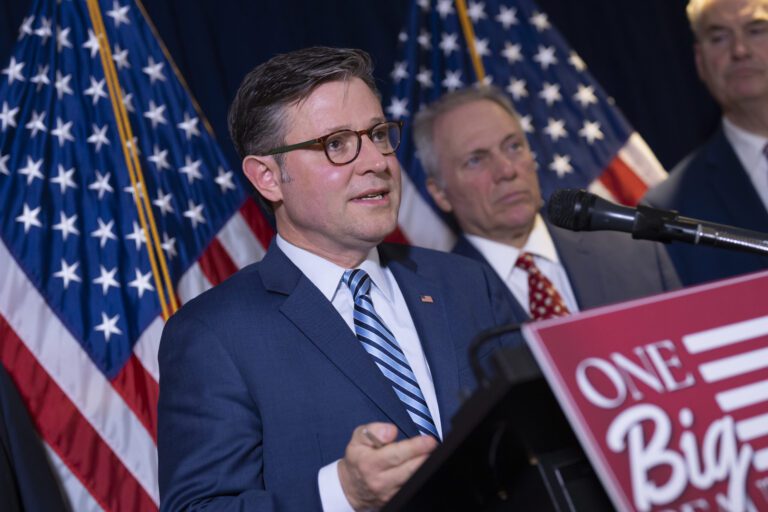Congressional Stalemate Threatens Government Shutdown
As the deadline for government funding approaches, the Senate’s recent votes have plunged the federal government closer to a potential shutdown. On Friday, both Republican and Democratic proposals aimed at averting a crisis faced rejection, intensifying concerns among lawmakers and the public alike.
Senate Votes Fail to Avert Shutdown
The situation escalated when the Republican plan, which barely passed the GOP-controlled House with a narrow 217-212 vote, was defeated in the Senate with a tally of 44-48. This outcome fell significantly short of the 60 votes required to overcome a filibuster. Only Senator John Fetterman (D-PA) broke ranks to support the amendment, while two Republicans—Rand Paul (KY) and Lisa Murkowski (AK)—voted against their party line.
The Democratic proposal fared slightly better but still failed, garnering 47 yes votes against 45 no votes, with several Republicans opting out of the vote.
Implications of Failed Proposals
With both proposals knocked down, Congress finds itself without a clear path to prevent a government shutdown set to commence on October 1. The impasse complicates matters further as lawmakers prepare for a break in observance of Rosh Hashanah next week. Senate Minority Leader Chuck Schumer (D-NY) had previously indicated he would oppose the House Republican bill, which aimed to maintain current spending levels through November 21.
Key Points of the Proposals
- Republican Plan: Maintained current spending levels, proposed a spending bill through November 21, included additional security funding of $88 million.
- Democratic Proposal: Intended to keep the government open until October 31, and included priorities like:
- Permanent extension of Obamacare subsidies.
- Reversal of Medicaid cuts instituted during the Trump administration.
House Dynamics and Leadership Challenges
House Speaker Mike Johnson faced considerable hurdles in unifying a fragmented Republican conference. The passage of the seven-week funding bill illustrated this challenge; he could only afford to lose two votes. Notably, Representatives Thomas Massie (KY) and Victoria Spartz (IN) opposed the bill, while Jared Golden (D-ME) crossed the aisle to support it.
Potential Paths Forward
Despite being a week away from the funding deadline, the series of failed votes significantly heightens the likelihood of a shutdown. Congressional leaders are entrenching their positions. On Thursday, House Majority Leader Steve Scalise suggested the possibility of recessing lawmakers until October 1, forcing the Senate to decide swiftly on the House’s proposal.
Senate Majority Leader John Thune indicated that the GOP plan might see another vote “probably close” to the September 30 deadline, leading to a crucial decision by both parties.
Understanding the Stakes
Both funding proposals illustrate the tension between spending priorities:
- The Republican plan is framed as a "clean" continuing resolution.
- The Democratic plan includes high-cost healthcare provisions, notably the extension of enhanced Affordable Care Act subsidies set to expire at year’s end.
Conclusion
As the clock ticks down to the government funding deadline, the fallout from these recent Senate votes raises urgent questions about future negotiations. A potential government shutdown looms, and lawmakers must navigate a complicated landscape to reach a compromise that meets the needs of both parties while ensuring the continuity of government services.
For further details on the implications of a government shutdown, visit NBC News, CNN, and related articles on Congress.


